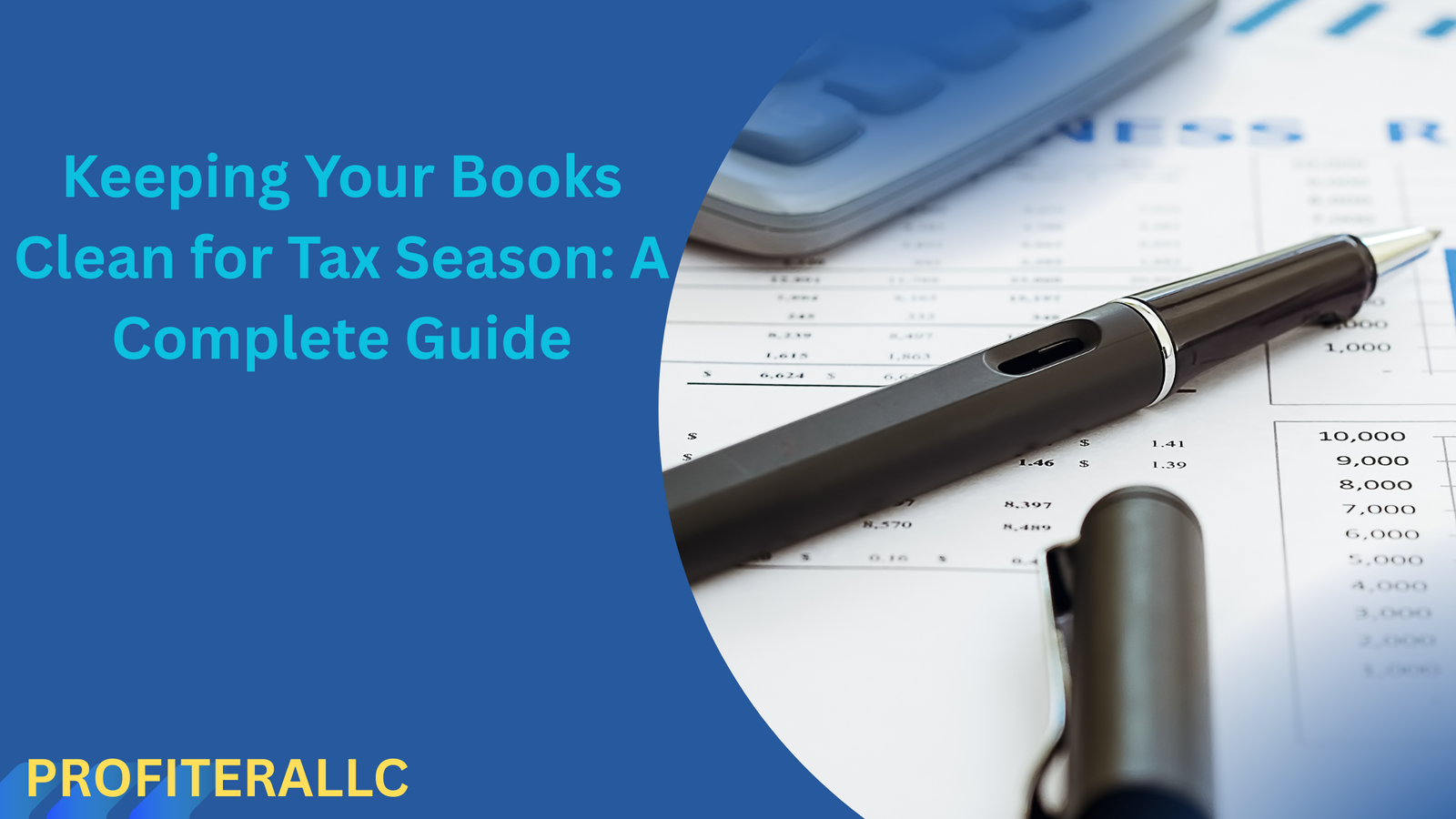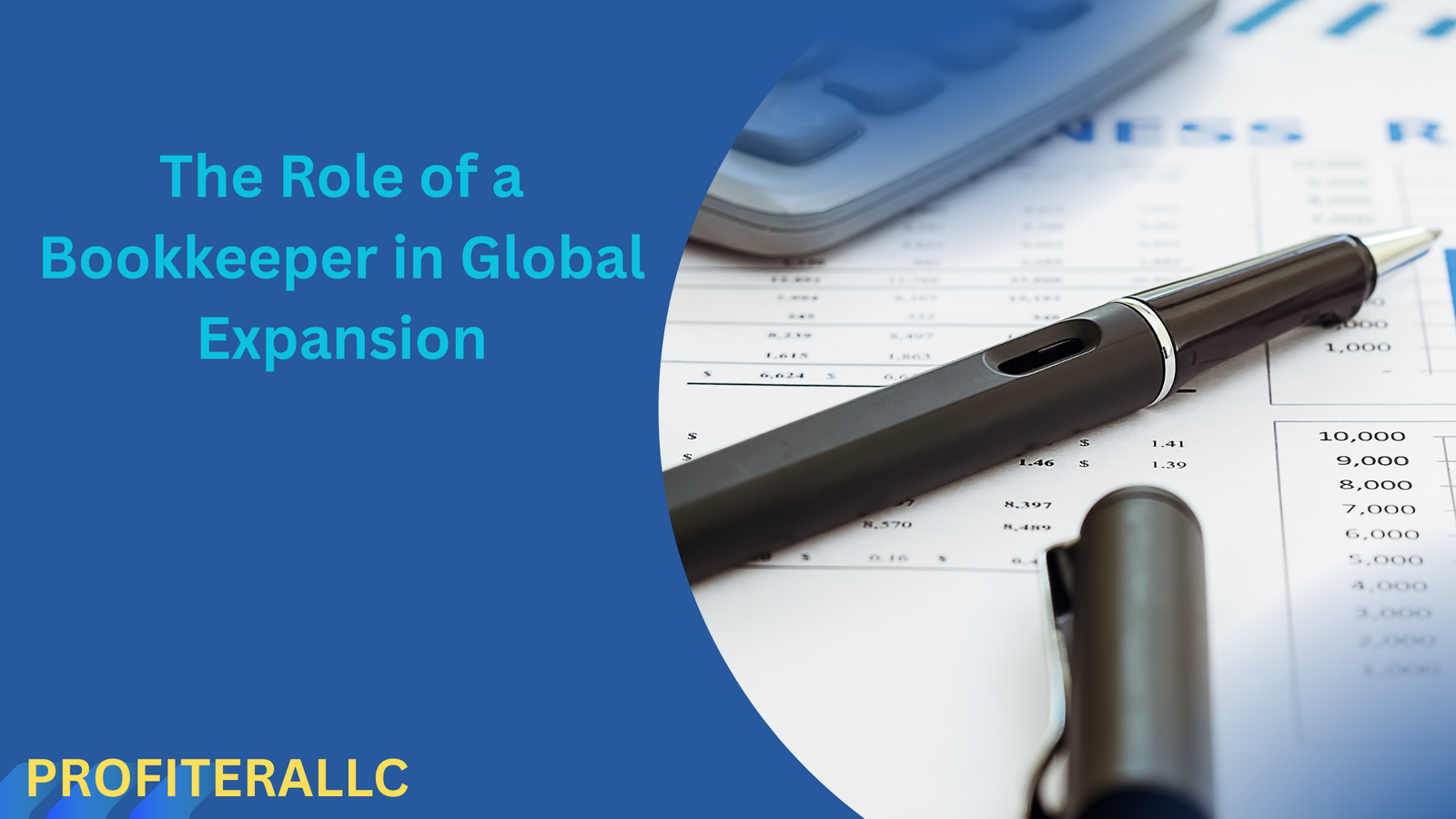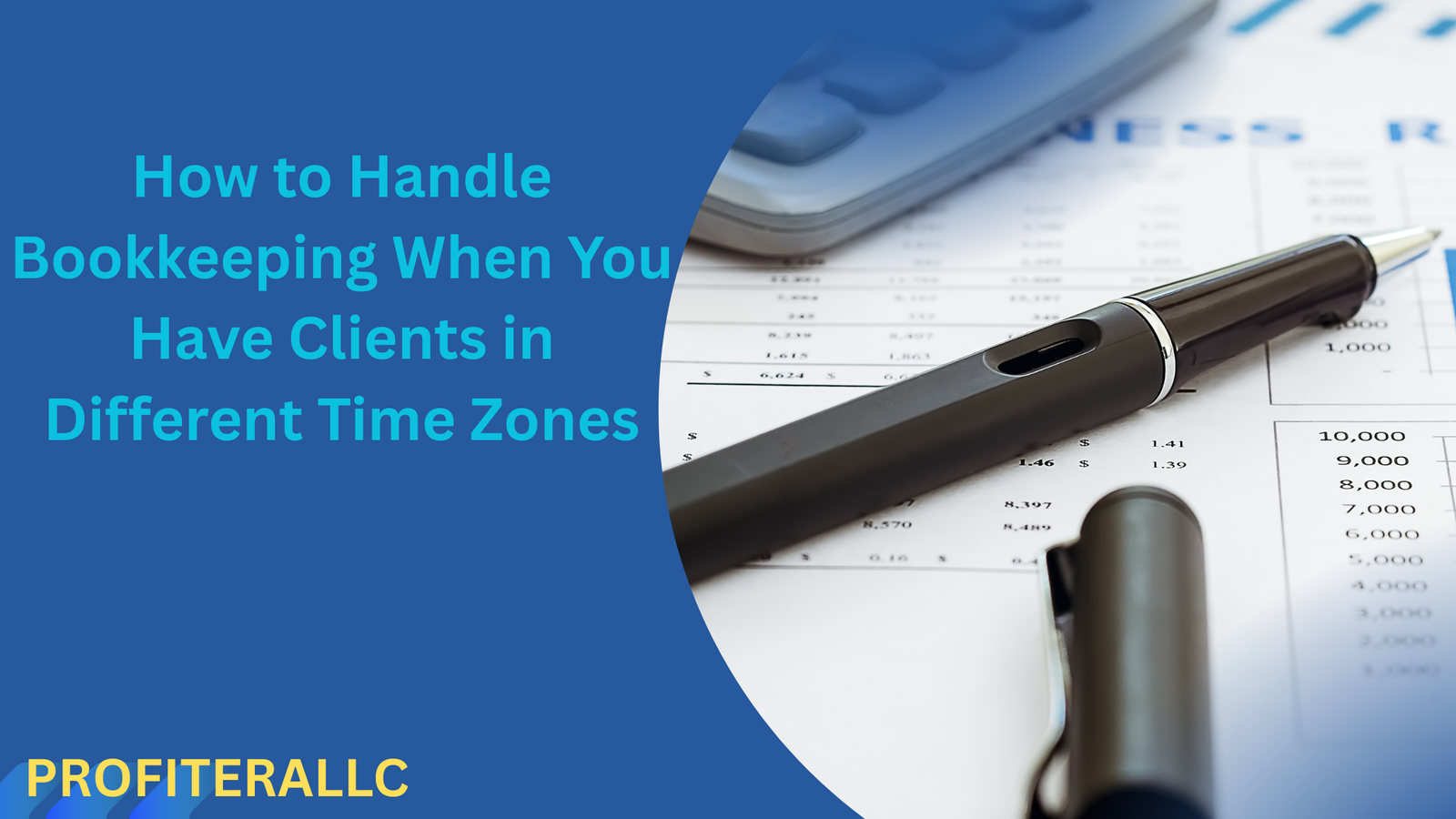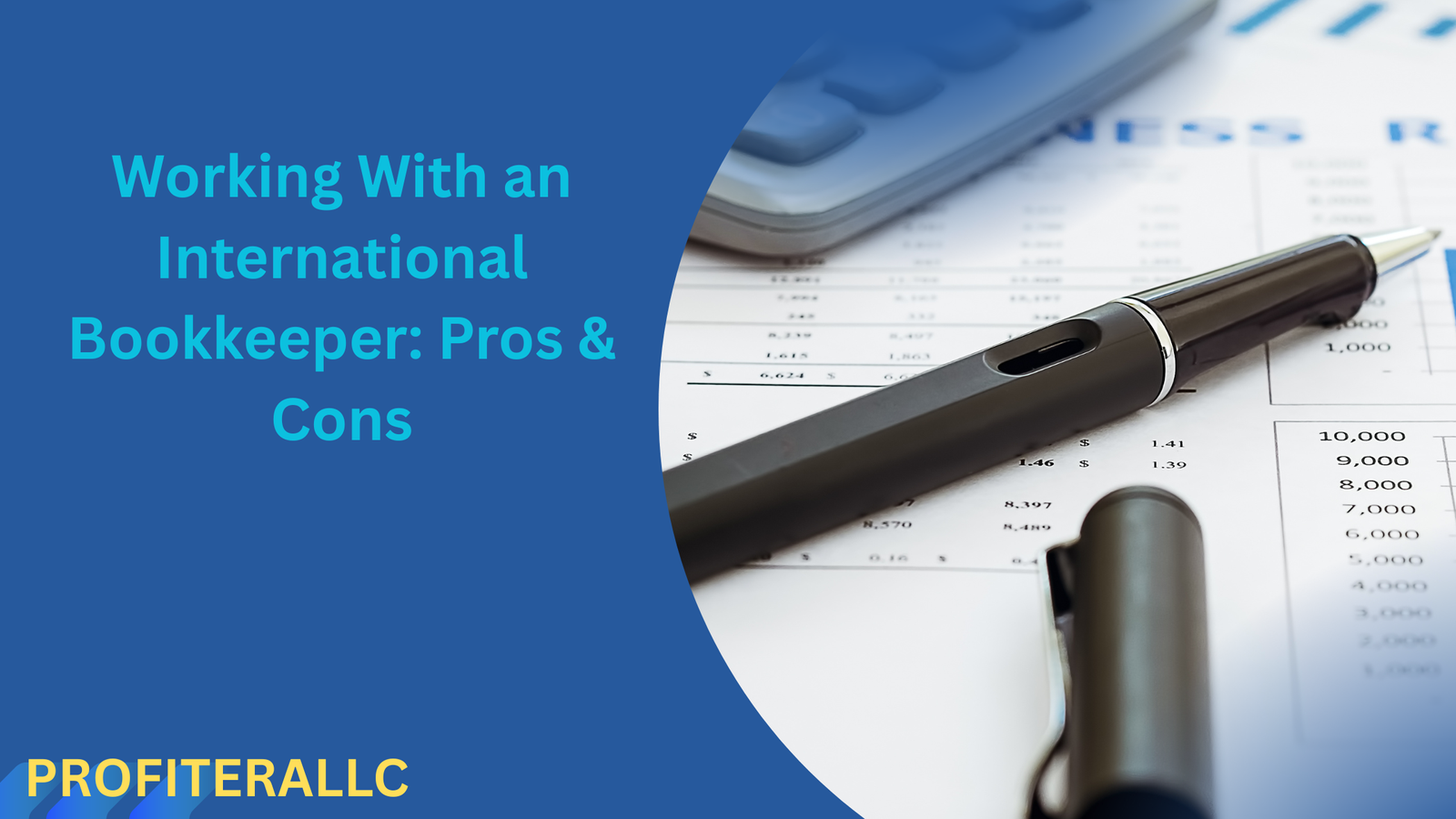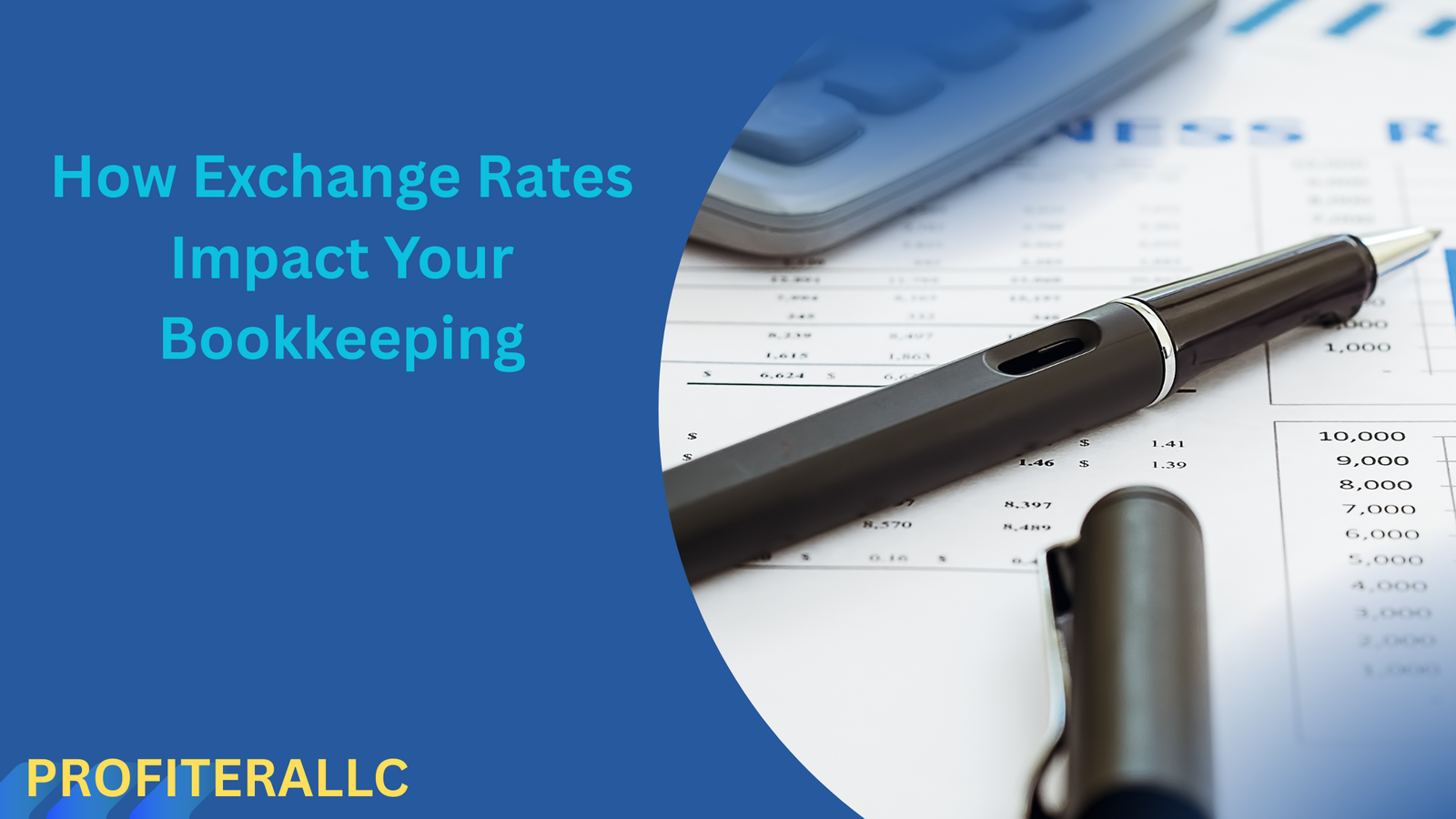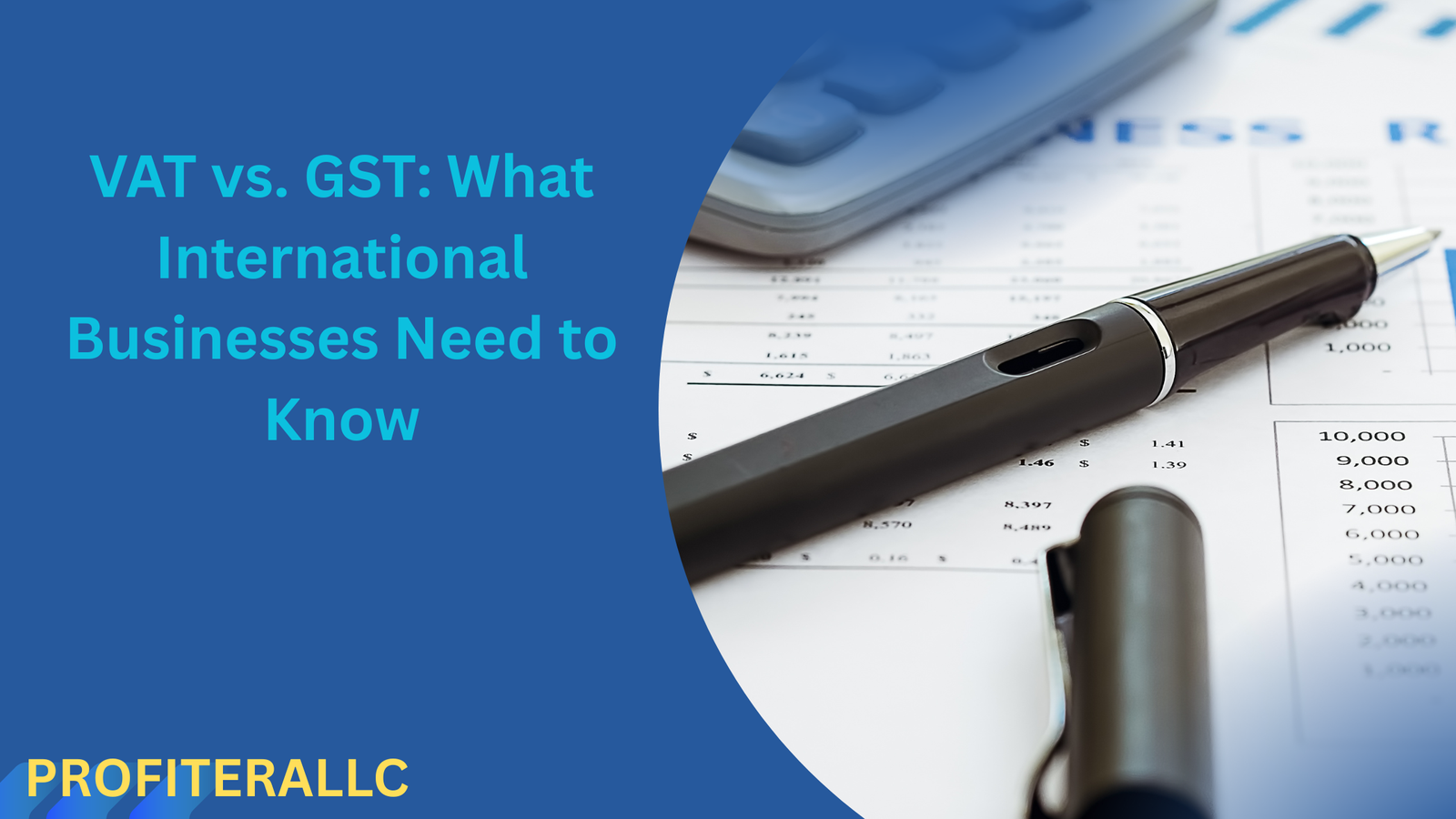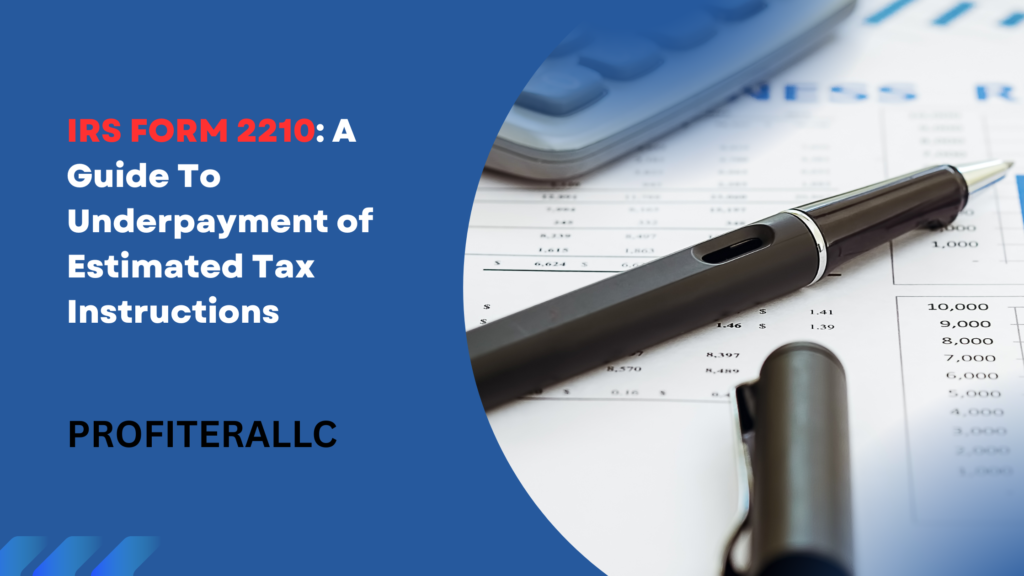
Taxes can be confusing, and sometimes people fall short on their payments during the year. If you don’t pay enough in taxes, the IRS may charge you a penalty. IRS Form 2210 helps you determine whether you owe a penalty for underpaying your estimated taxes and calculates the amount due. In this guide, we’ll break down everything you need to know about Form 2210 in easy-to-understand terms.
What Is IRS Form 2210?
IRS Form 2210 helps determine whether you owe a penalty for underpaying your estimated taxes throughout the year. This form applies to individuals, estates, and trusts with income not subject to withholding—such as self-employment earnings, rental income, or investment gains. If you didn’t pay enough in estimated taxes, the IRS may charge a penalty, but in some cases, you can request a waiver or reduce the penalty using alternative calculations.
Form 2210 also allows taxpayers to potentially lower their penalty by basing it on their actual income fluctuations (using the annualized income method) rather than assuming equal quarterly payments. This can be helpful if your earnings varied significantly during the year.
Who Needs to File Form 2210?
You should consider filing IRS Form 2210 if:
✅ You underpaid your estimated taxes and may owe a penalty.
✅ You qualify for a penalty waiver due to reasonable cause (like a disaster or unusual circumstances).
✅ Your income fluctuated significantly during the year, and you want to use the annualized income method to reduce or eliminate the penalty.
✅ Major changes in income, deductions, or credits affected your tax liability unevenly across the year.
Who Needs to Make Estimated Tax Payments?
If your income isn’t subject to automatic tax withholding, you likely need to make quarterly estimated tax payments. This typically applies to:
• Self-employed professionals & freelancers
• Small business owners
• Investors with substantial capital gains/dividends
• Rental property owners
• Anyone with significant untaxed income
Key Due Dates:
📅 April 15 (Q1: Jan-Mar)
📅 June 15 (Q2: Apr-May)
📅 September 15 (Q3: Jun-Aug)
📅 January 15 (Q4: Sep-Dec)
⚠️ Important: Missing payments or underpaying may trigger penalties – which is where Form 2210 comes into play. You’ll use this form either to calculate what you owe or request a penalty waiver if you qualify.
How to Avoid an Underpayment Penalty
You can steer clear of IRS penalties by meeting any one of these requirements:
✔ Pay 90% of this year’s total tax bill (through withholding + estimated payments)
✔ Pay 100% of last year’s taxes (110% if AGI exceeds 150k/150k/75k married filing separately)
✔ Owe less than $1,000 after credits/payments
✔ Had zero tax liability last year
💰 Smart Strategies:
• Use the IRS “safe harbor” rules (option #2 is often easiest to track)
• Set up quarterly calendar alerts for due dates
• Enroll in EFTPS (Electronic Federal Tax Payment System) for automated payments
• Adjust W-4 withholdings if you have a regular job plus side income
⚠️ Note: If you qualify under any condition above, you won’t owe a penalty and typically don’t need to file Form 2210. Farmers and fishermen have special rules.
A Step-by-Step Guide to Completing Form 2210
1️⃣ Assess Your Need for the Form
- Review your total tax vs. payments made
- Check if you qualify for automatic penalty exceptions
- Only proceed if you’re requesting a waiver or special calculation
2️⃣ Enter Basic Information
- Fill in your name, SSN, and tax year at the top
3️⃣ Part I: Determine Required Payment
- Calculate your “required annual payment” (90% of current year or 100/110% of prior year’s tax)
- Compare this to your total payments
4️⃣ Part II: State Your Reason for Filing
- Check applicable boxes if:
• Requesting a penalty waiver (due to casualty, disaster, or other reasonable cause)
• Using the annualized income method
• Qualifying for special exception (retirement, disability, etc.)
5️⃣ Part III: Penalty Calculation
- Short Method: For equal quarterly payments (simple calculation)
- Regular Method: For uneven or late payments (more detailed)
- Includes a daily interest calculation for underpayments
6️⃣ Schedule AI (If Using Annualized Income Method)
- Break down your income by quarter if earnings were uneven
- Recalculates required payments based on when income was actually earned
- Can significantly reduce or eliminate penalties for seasonal businesses or those with lump-sum income
7️⃣ Final Submission
- Attach completed form to your 1040 return
- Note: If not requesting special calculations, the IRS will automatically assess any penalty
💡 Key Tips:
• Use the IRS’s Form 2210 worksheet for complex scenarios
• Consider tax software or a professional if using Schedule AI
• Keep records of your estimated payment dates/amounts
• Farmers/fishermen use Form 2210-F instead
Remember: This form doesn’t create new taxes – it just calculates or potentially reduces underpayment penalties. If you’re unsure whether to file, the IRS will bill you for any penalty owed.
How to Request a Penalty Waiver on Form 2210
You may qualify to have your underpayment penalty waived if:
✅ You faced extraordinary circumstances
- Natural disasters (IRS often provides automatic relief for federally declared disasters)
- Serious illness or accident (yours or immediate family)
- Death in the immediate family
- Other unavoidable catastrophes
✅ Major life changes affected your ability to pay
- Retirement after age 62 (with reasonable cause)
- Becoming disabled during the tax year
- Unexpected job loss or financial hardship
✅ Other valid reasons
- IRS error or incorrect written advice
- First-time penalty for someone who previously had withholding
How to Request:
- Complete Part II of Form 2210
- Check box A (for waiver request)
- Attach a detailed explanation statement including:
- Specific dates and circumstances
- How the situation prevented timely payment
- Supporting documentation if available
Important Notes:
• The IRS reviews waiver requests case-by-case
• Simply forgetting or cash flow issues typically don’t qualify
• Special rules apply for farmers/fishermen (use Form 2210-F)
• Even if denied, filing may help reduce the penalty amount
Pro Tip: If you qualify for automatic penalty relief (like for certain disaster victims), check IRS announcements – you may not need to file Form 2210.
Smart Tax Planning: How to Avoid Underpayment Penalties
Navigating estimated taxes can be tricky, but avoiding costly mistakes is easier when you know what to watch for. Here are key pitfalls and proactive strategies:
🚨 Common Form 2210 Mistakes
• Missing quarterly deadlines – The IRS charges penalties for late payments, even if you pay the full amount later
• Overlooking safe harbor rules – Pay either 90% of current year or 100%/110% of prior year’s tax to avoid penalties
• Unnecessary filings – Don’t submit Form 2210 if the IRS can automatically calculate your penalty
• Skipping valid waivers – Disaster victims, retirees, and those with reasonable cause may qualify for relief
• Poor documentation – Always keep payment confirmations (EFTPS records, canceled checks) for at least 3 years
💡 Proactive Tax Management Tips
- Use the IRS Tax Withholding Estimator – Perfect your W-4 if you have wage income
- Implement a quarterly tax calendar – Set phone reminders for all 4 payment deadlines
- Adopt digital tools – Use accounting software to track income and project taxes in real-time
- Mid-year checkups – Adjust estimated payments if you get a raise, bonus, or new income stream
- Consult a tax professional – Especially valuable for complex situations like multiple income sources or major life changes
Why Strategic Planning Matters
Form 2210 serves as both a penalty calculator and a planning tool. By:
• Leveraging annualized income options when appropriate
• Understanding waiver qualifications
• Implementing smart withholding strategies
…you can transform tax compliance from a reactive burden into an optimized financial process. The goal isn’t just to avoid penalties, but to pay the right amount at the right time while maintaining healthy cash flow. When in doubt, professional tax guidance can often pay for itself through penalty savings and reduced stress.
Remember: Staying informed about estimated tax requirements and maintaining good records throughout the year puts you in control of your tax obligations rather than leaving you vulnerable to surprises at filing time.

